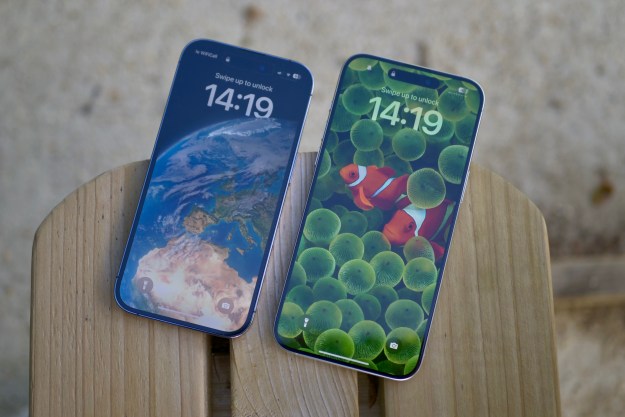
Google purchased Nik Software, the makers of Snapseed, back in 2012 to bolster photo editing capabilities across its range of products. The app, initially exclusive to the iPhone and iPad, dropped the paid moniker and began a migration to Android and Google+. There it languished, inexorably neglected for two years.
That changes today with Snapseed 2.0, which adds a bunch of new tools for fine-tuning that perfect capture. Lense blur, tonal contrast, intelligent perspective transform, and spot healing are in tow, plus subtler filter applications with the brush tool. Snapseed has finally gained non-destructive editing, a long-overdue feature that lets you undo any change make and copy edits from one image to another.
The app remains free, but even with the improvements, it’s unlikely to rival its biggest competitors. Snapseed, at last count, had nine million users, while Instagram has 300 million.
Former Google’s Senior Product Manager Josh Haftel waxed philosophic on this very issue in December 2012, shortly after Snapseed was acquired. “We’d been in the photography space for eons, I was at Nik software for 12 years. We went through this whole process with creating these professional products, and thought, ‘how do we bring it downstream to the consumer world?’ Where is this space for us. Instagram and Hipstamatic are great, but there’s a spot in between those and Photoshop. We wanted to build tools that include high-quality photo editing experiences and make it simple.”
Is there still room for an app like Snapseed among the sea of alternatives? Time will tell. For now, though, you can’t do better than free, even if it means the updates are few and very, very far between.
Editors' Recommendations
- The most common Skype problems and how to fix them
- There’s a big problem with the iPhone’s Photos app
- When will Apple release iOS 18? Here’s what we know
- iOS 18 could add a customization feature I’ve waited years for
- Your iPhone just got a new iOS update, and you should download it right now

